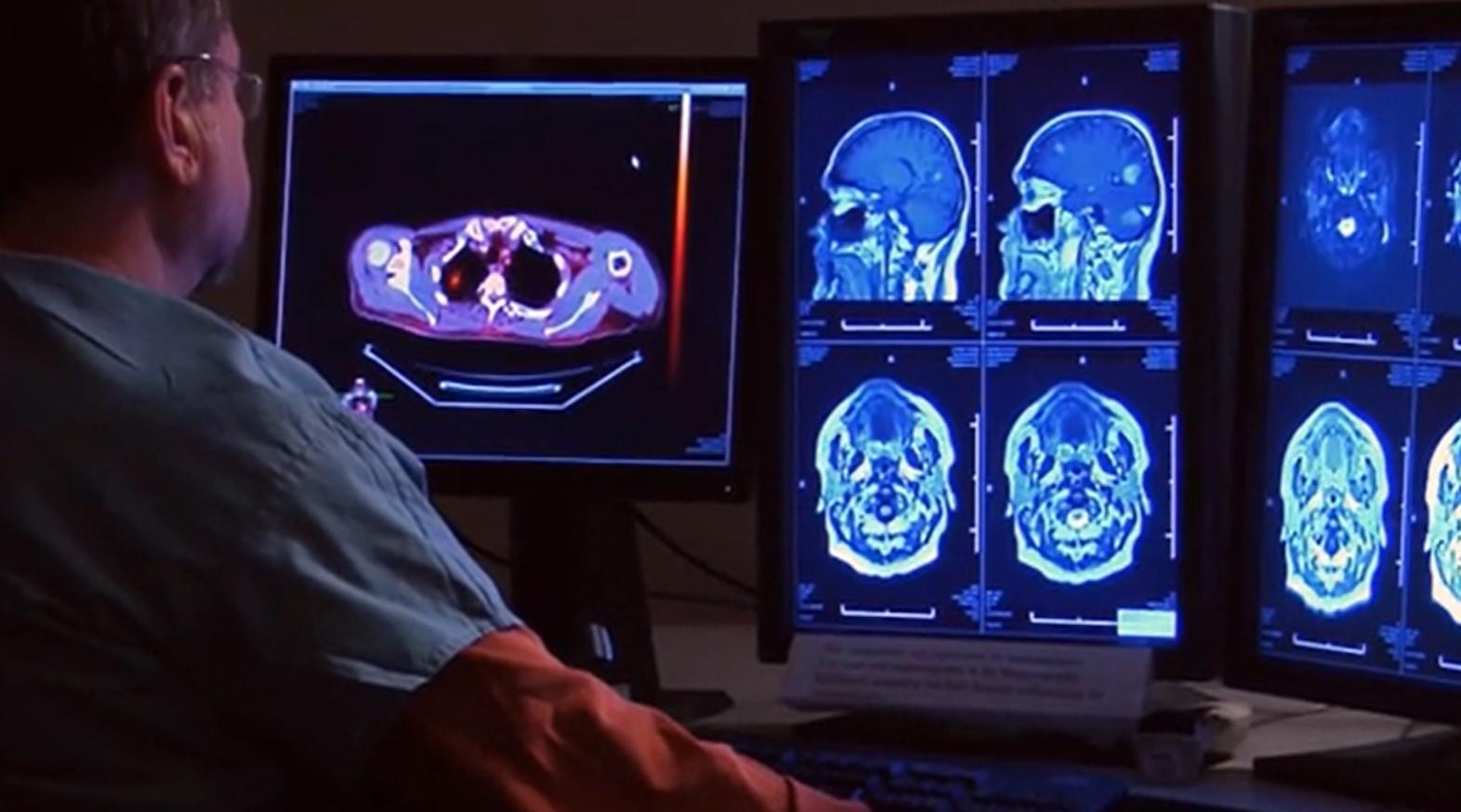Watch Dr. Lola Chambless explain the causes and symptoms of traumatic brain injury and concussion, as well as the importance of wearing a helmet during equestrian activities to reduce the risk of these injuries. This video is brought to you by Charles Owen.
About This Video
Dr. Lola Chambless is the Neurosurgery Residency Program Director and an associate professor of Neurological Surgery at Vanderbilt University Medical Center in Nashville, Tenn. She's also a lifelong equestrian. In this video, she discusses why it’s important to wear a helmet while participating in equestrian activities to reduce the risk of concussion and traumatic brain injury (TBI). She also explains traumatic brain injury and concussion symptoms, what to do if an equestrian sustains a fall or a blow to the head, and how to return to the sport after experiencing one of these head injuries.
Key Principles:
- Traumatic Brain Injuries
- Concussions
- Returning to Play
- Helmet Safety
This video is brought to you by Charles Owen.
Additional Information
About The Expert

Dr. Lola Blackwell Chambless is the Neurosurgery Residency Program director and an associate professor of Neurological Surgery at Vanderbilt University Medical Center in Nashville, Tenn. She is also a lifelong equestrian and was a USEF National Amateur Three-Day Event Champion. In addition to her work with equestrians, Chambless also is a consultant to a number of different sports organizations, including the National Football League. She helped the NFL develop the concussion protocol it uses to diagnose concussion in football players during games.


